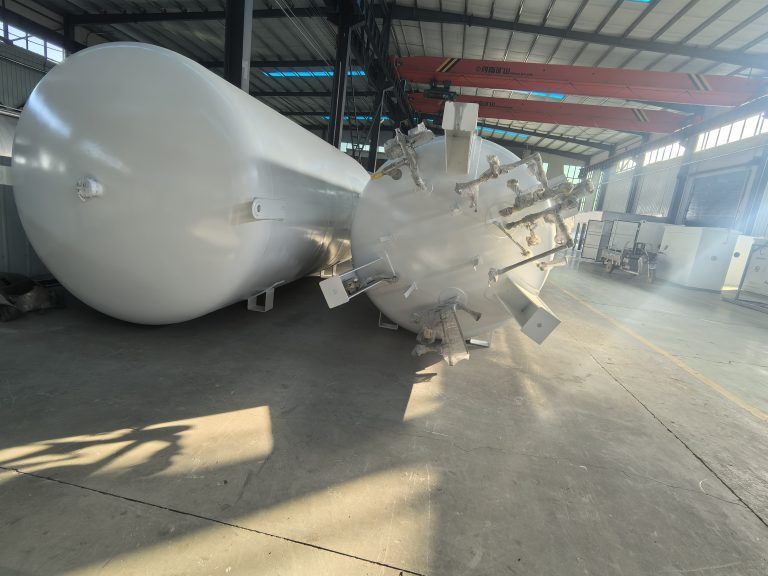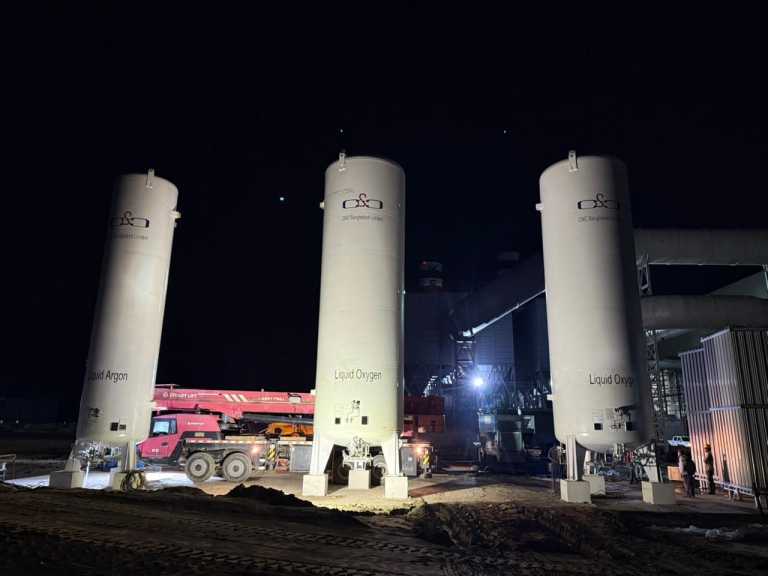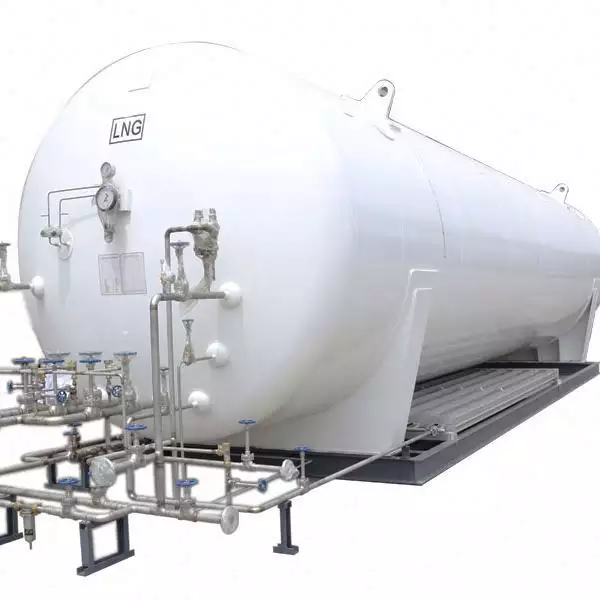Carbon dioxide tanks are used for storing and transporting products, protecting them from leaks while ensuring safe transportation. Below are key considerations when applying paint to carbon dioxide tanks.
When spraying carbon dioxide tanks, first assess the surrounding environment. The ambient temperature during coating application must not fall below 5°C, and relative humidity should not exceed 85%. Outdoor application is prohibited during rain, snow, fog, or strong winds. Do not proceed if the substrate surface exhibits crystallization. Avoid exposing the paint film to direct sunlight during application and drying. The surface temperature of the substrate must not exceed 60°C. The work area must be well-ventilated, and dust or other contaminants must be prevented from settling on the substrate during painting and film drying.

Key Considerations During Carbon Dioxide Tank Spraying:
1.Strictly perform pre-coating surface preparation to ensure the pressure vessel surface is free of oil, rust, oxide film, welding spatter, dust, and other mechanical impurities.
2.Use grinding methods to remove surface irregularities, scratches, and uneven weld seams from CO₂ tank welding, ensuring smooth transitions. Filling with putty is not permitted.
3.Apply one coat of primer using high-pressure airless spray equipment or standard air spray guns. The primer coating must be free of defects such as missed areas, runs, wrinkles, or uneven surfaces.
4.After the primer is fully dry, first coarse-sand the primer surface with sandpaper, then fine-sand it with P240–P320 wet sandpaper until the surface is smooth and level.
5.Apply a second coat of primer using a standard air spray gun. The sprayed primer must not exhibit defects such as missed areas, runs, wrinkles, or uneven surfaces.
6.After the second primer coat is fully dry, use specialized inspection equipment to measure the dry film thickness of the primer coating. The dry film thickness must not be less than 30μm. Then apply a semi-gloss or matte topcoat using a standard air spray gun. The topcoat application must not exhibit defects such as missed areas, sagging, bubbles, cracking, wrinkling, surface irregularities, or peeling; any defects must be repaired. The applied topcoat should be uniform and robust. If necessary, use specialized inspection equipment to verify the coating thickness.







